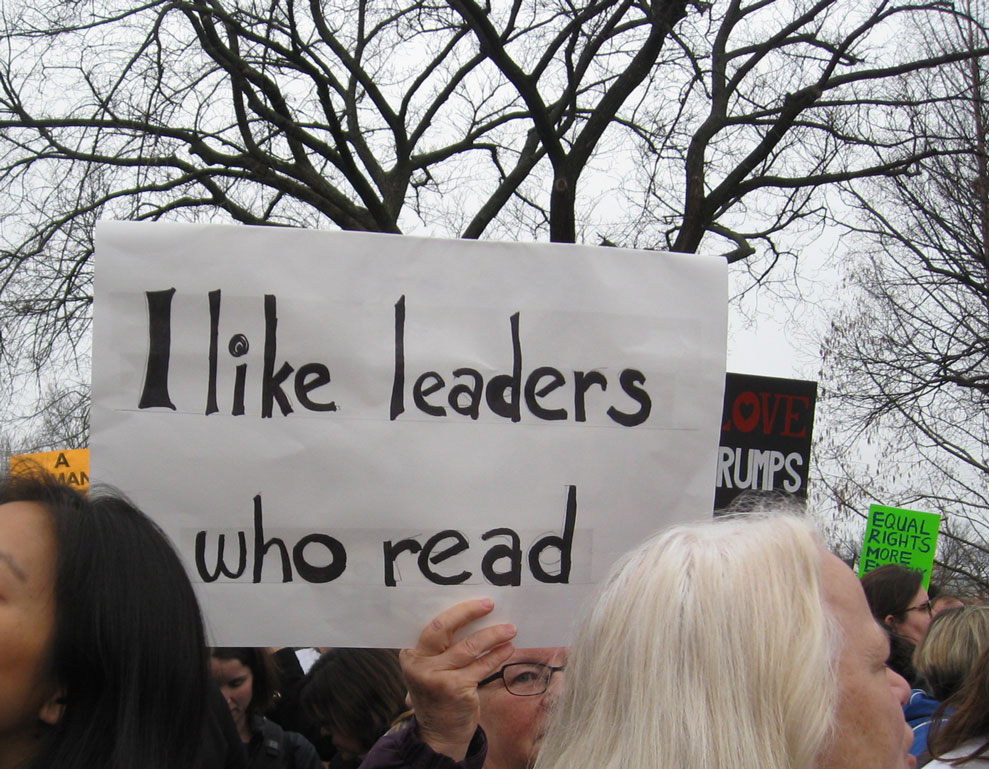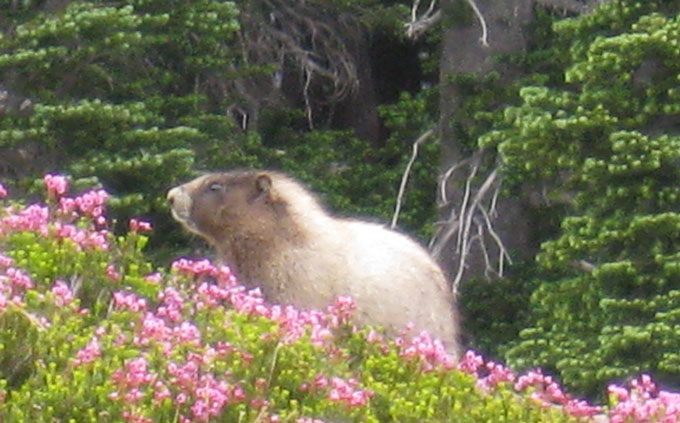
So another Earth Day is upon us.
Earth Day is a sacred concept to me. I was, and still remain, a flower child, albeit a grey-haired one these days. However, almost fifty years ago, when the first Earth Day concert and rally took place on the grounds of the Washington Monument, we gathered to listen to the music and the speeches, energized by our passion for the cause, which was nothing less than saving the Earth.
The Claude Jones band was among those on the Sylvan Theater stage singing songs of hope and courage that day. We may have been naive, but we were sincere as all get out. The Age of Irony hadn’t yet dawned.
Before the Earth Day movement began in 1970, there was no Environmental Protection Agency. Unregulated toxic chemicals were part of the landscape. The publication in 1962 of Rachel Carson’s landmark book, “Silent Spring” helped spread awareness of the dangers of reckless pesticide use.
In the decades since those tumultuous times, the entire world has become more conscious of the need to protect the resources on which all life depends. Clean air, water, and fertile soil — the fundamentals. You might think this is so obvious that you wouldn’t have to make laws to ensure that some greedy developer or thoughtless tycoon won’t poison the Great Lakes or bulldoze the redwoods. Yet, as we have learned, not everyone gives a hoot about redwoods.
Thus, here we are again. Another Earth Day, still just the one Earth.
Recycling is great. Organic farming is good. Planting trees is helpful. But now the current administration is disabling protective measures put in place in the past few decades. They claim the problems are solved, and they want to revive outdated destructive practices rather than support creative scientifically proven new technologies for producing clean energy.
Sigh.
Okay, young people. Charge up your devices and prepare yourselves. It’s not going to be easy. But nothing worth doing is. Your mission, should you choose to accept it, is not to win the Super Bowl, or the World Series, or even the next rigged election. No, the mission, is the same as it ever was.
Love one another. Take care of the Earth. It’s the only one we have.

